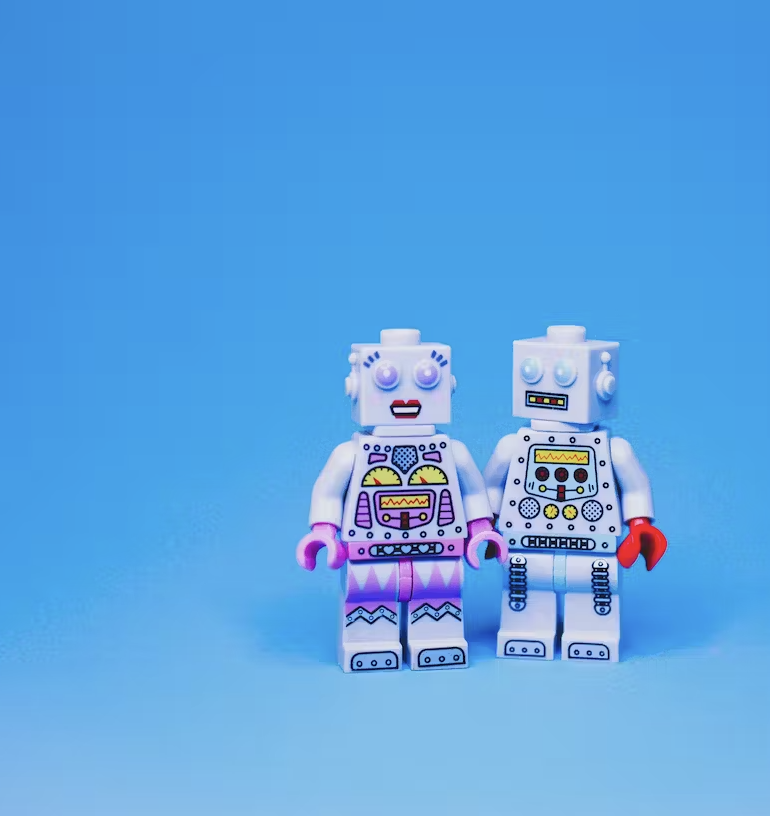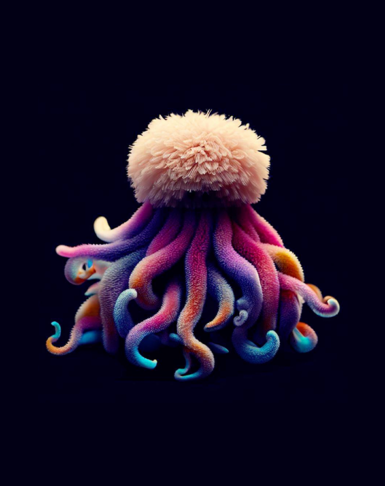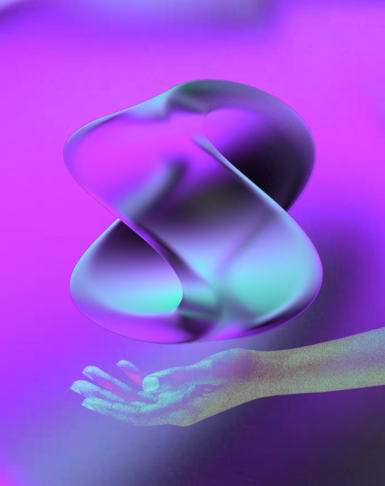This article originally appeared in The Drum
The advent of generative artificial intelligence (AI) like ChatGPT has forced creatives of all disciplines, including those working in brand building, into the uncomfortable position of wondering whether they’ve just been replaced; rendered obsolete.
But (and setting aside for a moment the well-known ethical and legal landmines) could AI actually generate best-in-class brand creative? Could it hear a client say one word in a meeting and then create an inspired, caffeine-rich manifesto out of it? Could it come up with iconic lines like “Snap, Crackle, and Pop” or “I’m Lovin’ It”? Could it be a tool for creatives to celebrate rather than fear? Here are three ways creatives of all stripes, including those in branding, can think about AI as a tool to simplify and magnify how they work (and not fear being replaced).
1. AI is a grocery store, not a Michelin star dinner
Generative AI can spit out a huge volume of words, phrases and ideas in seconds, but that does not mean those outputs represent best-in-class work or are even ready to consume. What you get are ingredients, not insights or instincts. While AI is a powerful brainstorming partner, like a supercharged thesaurus-meets-search engine, AI doesn’t know a brand’s audiences, competition and culture, or how to collaborate with and manage the expectations of stakeholders.
This lack of human inventiveness, self-analysis and interpersonal soft skills means that AI produces results that are limited to grab-and-go quality, like a supermarket spinach wrap. Think of AI-generated output as a jumping-off point for ideas that will still require a unique human perspective. This is especially true in the world of branding; since brand is what people feel about you, the most powerful implementation of technology is the one guided by a human touch.
2. AI brand content is a “sea of sameness” – unless you know how to find treasure
The large language models that power generative AI are always going to produce the most generic output – unless you know how to dive below the surface for unique or unexpected insights. For example, if you give AI the prompt, ‘Give me 10 unique ideas for an energy trade show’, you’ll get the same ‘unique’ ideas most have already tried. But if you use the prompt, ‘Give me 10 unexpected ideas for an energy trade show using the cosmos as inspiration. Do not provide ideas on product innovation. Provide ideas on getting attention at the trade show with signage, collateral, and interactive events,’ then you might be getting somewhere.
For best-in-class work, AI branding results that are worth surfacing will require humans with finely tuned creative instincts.
3. AI boosts human creativity
AI helps creatives brainstorm faster, like having an extra set of hands or an Iron Man suit. But it can’t replace human creativity. AI is a predictor, not a connector; it generates words and images by probability without analysis or cross-referencing. Furthermore, AI is a rule-follower, not an inventor; it replicates writing essentials and techniques, but it’s unfamiliar with the latest ideas or how to create new ones.
The rising prominence of prompt engineers suggests the discovery of a new pathway for creativity and discovery, one that recognizes that by giving us new tools, AI broadens the scale of what we can imagine. And the efficiencies it enables can be invested by smart branding firms into allocating more uninterrupted creative thinking time, empowering creatives to ask increasingly rigorous and imaginative questions, which leads to greater innovation.
Is AI good news or bad news for brand? It would obviously be bad news if we were to step on any of the legal, ethical or existential landmines. But if it can be properly developed, implemented, and regulated by humans, AI is very good news for brand, and the creative thinkers behind it. AI doesn’t replace human creatives; it equips them for an intrinsically human effort: finding joy in the struggle for just the right way to express just the right concept in a completely unexpected way. It’s that process of discovery that defines the art of human connection and persuasion, and informs the work of crafting best-in-class brands.
Analicia Sotelo is Associate Director, Brand Communication and Scott Wolman is Associate Director, Naming.



